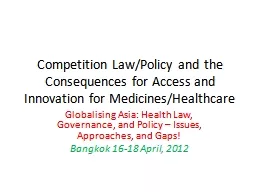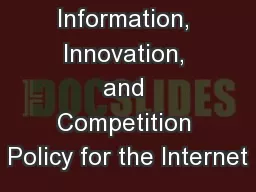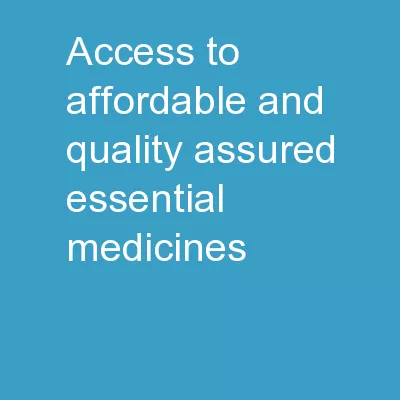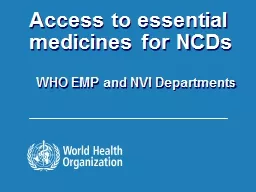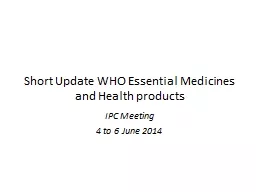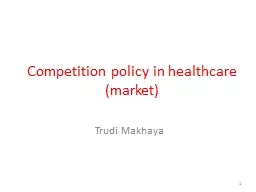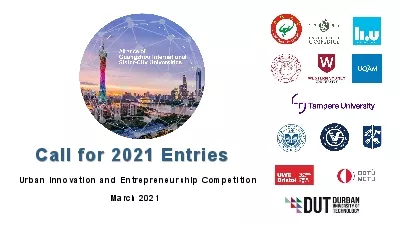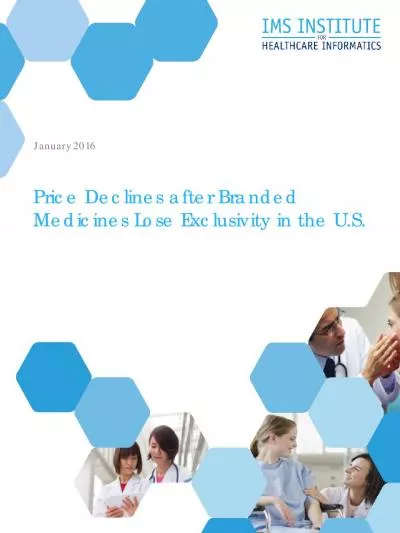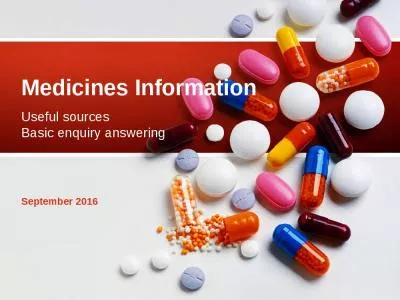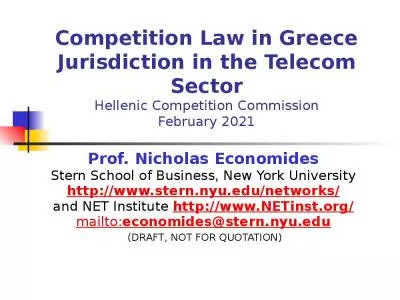PPT-Competition Law/Policy and the Consequences for Access and Innovation for Medicines/Healthcare
Author : eleanor | Published Date : 2022-06-08
Globalising Asia Health Law Governance and Policy Issues Approaches and Gaps Bangkok 1618 April 2012 Scheme Gaps in policy direction Understanding competition lawpolicy
Presentation Embed Code
Download Presentation
Download Presentation The PPT/PDF document "Competition Law/Policy and the Consequen..." is the property of its rightful owner. Permission is granted to download and print the materials on this website for personal, non-commercial use only, and to display it on your personal computer provided you do not modify the materials and that you retain all copyright notices contained in the materials. By downloading content from our website, you accept the terms of this agreement.
Competition Law/Policy and the Consequences for Access and Innovation for Medicines/Healthcare: Transcript
Download Rules Of Document
"Competition Law/Policy and the Consequences for Access and Innovation for Medicines/Healthcare"The content belongs to its owner. You may download and print it for personal use, without modification, and keep all copyright notices. By downloading, you agree to these terms.
Related Documents

